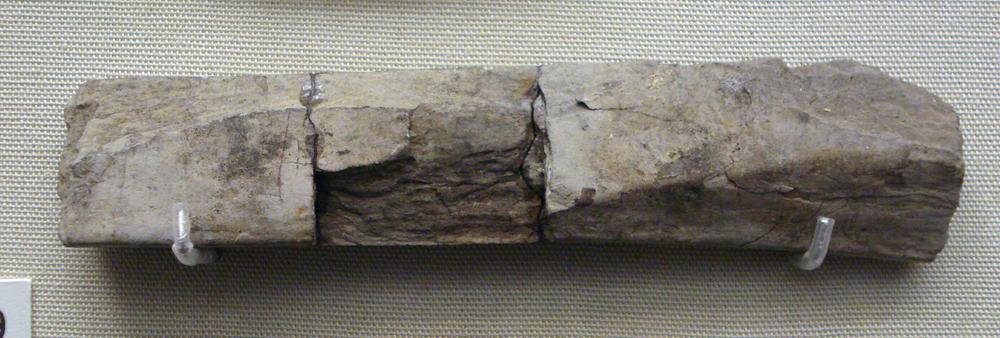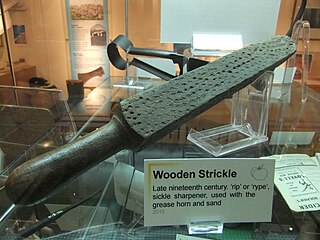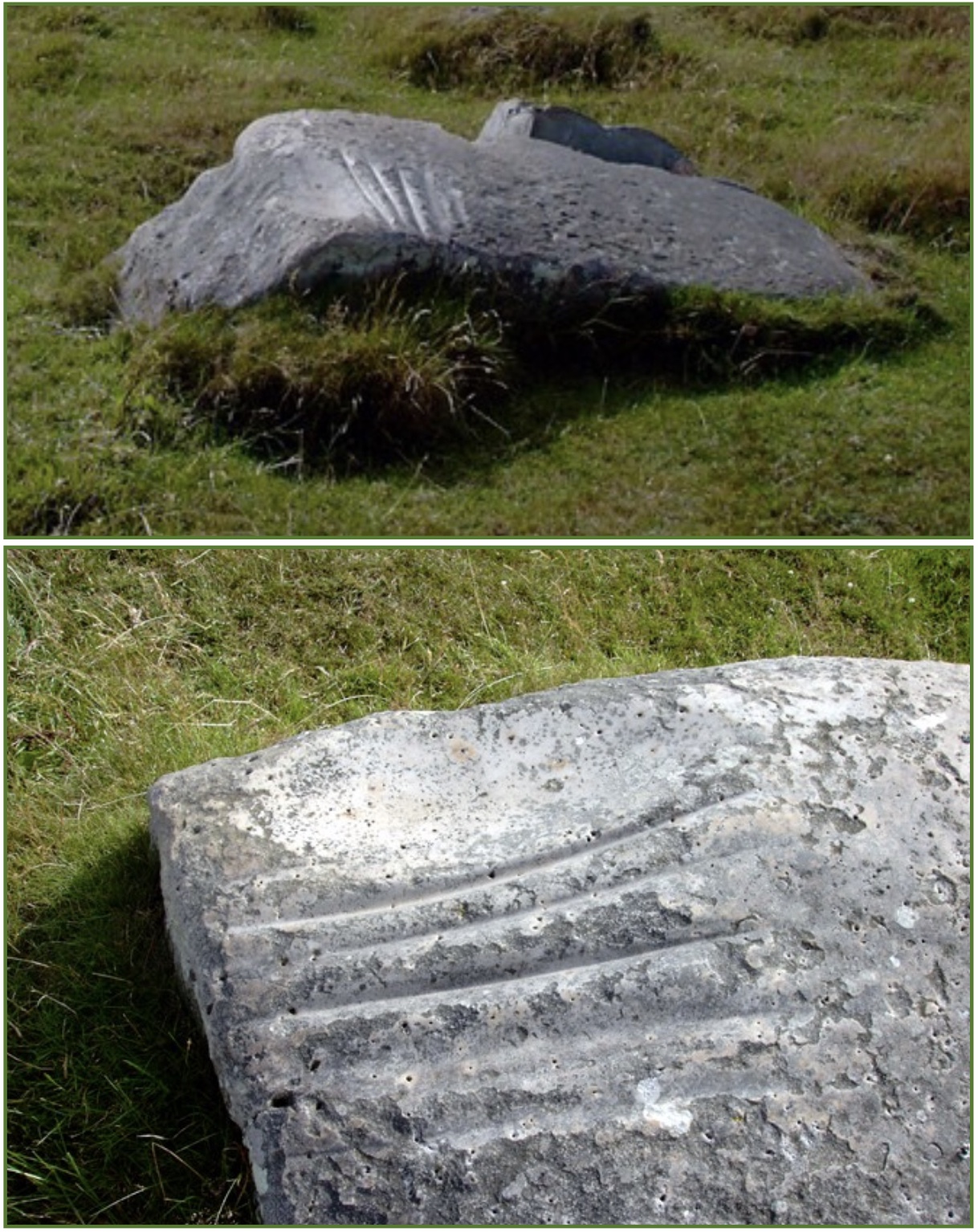Eric The Viking
Established Member
- Joined
- 19 Jan 2010
- Messages
- 6,599
- Reaction score
- 76
I was digging out an English Heritage guidebook for an acquaintance this morning (about Stokesay), and skimming through it over breakfast.
How were tools sharpened in C11 and C12? I mean quite a bit earlier than Moxon (does he talk about sharpening?).
The Romans had ready access to a range of stones, right down to Carrara marble, which would give a fine edge. I know about millstones and rotating grindstones, etc. but they would inevitably leave a coarse result. Even the Normans' contemporaries across the planet were producing incredible steels, but we apparently weren't. Notwithstanding, did any of the Oriental techniques, such as waterstones, arrive here?
I strikes me that, just as the limitations of bronze must have determined a woodworker's capabilities in the Bronze Age, the ability to get a really keen edge on iron/steel* would have constrained the Normans and later? Stokesay's big hall dates from the Plantagenet period although some of the place is earlier.
I know, "He's got an adze: he's a roofer!" and "He's got a froe, he's a furniture maker!" persists to this day, but even so, many things not Froe-ish do need to be sharp (and a sharp adze woudn't be a bad idea either). So what were they sharpened with, and how?
E.
*I'm guessing 'steel-by-accident': not designed metallurgy exactly, but probably techniques from smithing would lead to steels of some sort being created.
How were tools sharpened in C11 and C12? I mean quite a bit earlier than Moxon (does he talk about sharpening?).
The Romans had ready access to a range of stones, right down to Carrara marble, which would give a fine edge. I know about millstones and rotating grindstones, etc. but they would inevitably leave a coarse result. Even the Normans' contemporaries across the planet were producing incredible steels, but we apparently weren't. Notwithstanding, did any of the Oriental techniques, such as waterstones, arrive here?
I strikes me that, just as the limitations of bronze must have determined a woodworker's capabilities in the Bronze Age, the ability to get a really keen edge on iron/steel* would have constrained the Normans and later? Stokesay's big hall dates from the Plantagenet period although some of the place is earlier.
I know, "He's got an adze: he's a roofer!" and "He's got a froe, he's a furniture maker!" persists to this day, but even so, many things not Froe-ish do need to be sharp (and a sharp adze woudn't be a bad idea either). So what were they sharpened with, and how?
E.
*I'm guessing 'steel-by-accident': not designed metallurgy exactly, but probably techniques from smithing would lead to steels of some sort being created.









































